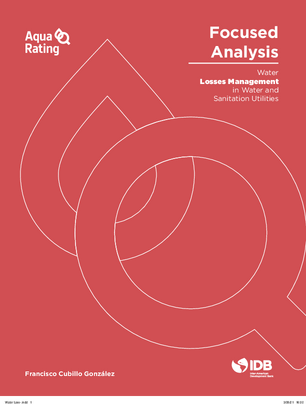

Studies indicate that PFAS can have serious health effects in laboratory animals. “EPA takes action to address PFAS in drinking water,” US Environmental Protection Agency, February 22, 2021, epa.gov. The EPA announced two actions in February 2021 to address levels of polyfluoroalkyl substances (PFAS)-a family of human-made chemicals used throughout industry and consumer products-in drinking water (Exhibit 1). Regulatory requirements for utilities continue to increase due to rising enforcement of long-standing requirements and the creation of new requirements. “National primary drinking water regulations: Lead and Copper Rule revisions,” US Environmental Protection Agency, December 2020, epa.gov “Lead pipes are widespread and used in every state,” National Resources Defense Council, accessed September 24, 2021, .īeyond the need to address the aging infrastructure backlog, several challenges add urgency to the need for investment and action: Increased regulatory pressure to improve safety The EPA also estimates that it could take an investment of up to $839 million per year to replace and monitor the 9.7 million to 12.8 million lead service lines that are currently in use in the United States as a response to the updated Lead and Copper Rule. “Condition assessment for drinking water transmission and distribution mains,” US Environmental Protection Agency, 2009,. The US Environmental Protection Agency (EPA) projects water-pipe replacement rates will peak in 2035 at 16,000 to 20,000 miles of pipes replaced per year-four times the current annual replacement rate of 4,000 to 5,000 miles. The aging infrastructure has also led to high water-loss rates from leaks in the water distribution network system. The Midwest and Southeast have seen particularly high rates of breakage in recent years. “Wastewater,” The American Society of Civil Engineers (ASCE) 2021 Infrastructure Report Card, 2021,.

The average US water-network pipe is 45 years old, with some cast-iron pipes more than a century old. The need for investment in the US water sector is growing However, to capitalize on this opportunity, utilities, governments, and private investors will have to prepare thoroughly for the influx of capital. Fortunately, both public and private funds are available for these investments, and an exciting set of emerging and applied technologies is making it possible to achieve water objectives more efficiently. Systems need to replace aging infrastructure to continue to provide safe and reliable service, but they are also grappling with newer problems, such as emerging water-safety challenges and the need to prepare for climate resiliency, address water scarcity, and deploy new technology to provide effective and affordable service. This article is a collaborative effort by Aaron Bielenberg, Sarah Brody, Andrea Grass, Hugues Lavandier, and Alejandro Paniagua Rojas, representing views from McKinsey’s Electric Power & Natural Gas Practice.


 0 kommentar(er)
0 kommentar(er)
